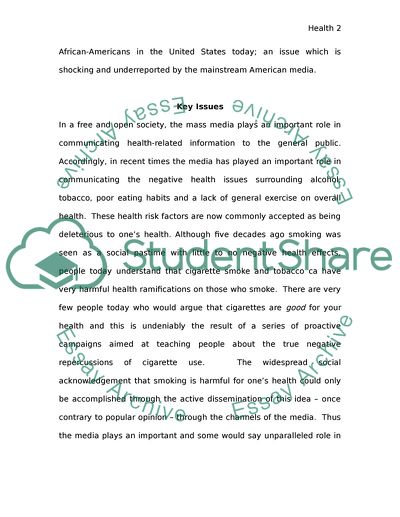Cite this document
(The Media in Democratic Societies and Health-Related Information Research Paper, n.d.)
The Media in Democratic Societies and Health-Related Information Research Paper. Retrieved from https://studentshare.org/media/1720697-the-media-in-democratic-societies-and-health-related-information
The Media in Democratic Societies and Health-Related Information Research Paper. Retrieved from https://studentshare.org/media/1720697-the-media-in-democratic-societies-and-health-related-information
(The Media in Democratic Societies and Health-Related Information Research Paper)
The Media in Democratic Societies and Health-Related Information Research Paper. https://studentshare.org/media/1720697-the-media-in-democratic-societies-and-health-related-information.
The Media in Democratic Societies and Health-Related Information Research Paper. https://studentshare.org/media/1720697-the-media-in-democratic-societies-and-health-related-information.
“The Media in Democratic Societies and Health-Related Information Research Paper”, n.d. https://studentshare.org/media/1720697-the-media-in-democratic-societies-and-health-related-information.


